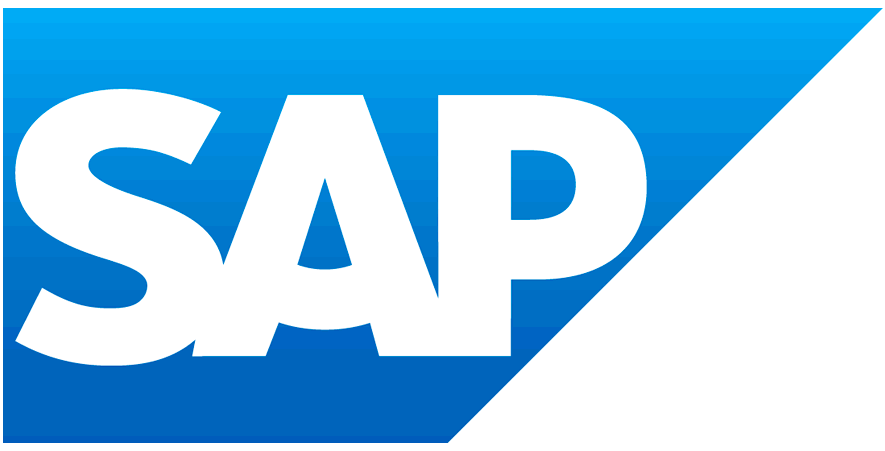Drivers Start Your Apps!
SAP Can Connect Cars, People, Automobile Manufacturers, and Businesses in New and Exciting Ways Joshua Greenbaum
Like the smartphone, which has rendered the process of making phone calls almost an afterthought, the connected car that SAP is planning will make mere driving seem a little quaint. This article explores SAP's dream to convert precious dashboard real estate into an interface that makes drivers consumers of next-generation services, enabling access to things like refueling, parking, and carpooling much like the way consumers access apps from their smartphones.
When you talk about SAP and cars, it’s important to remember that, as much as the US or any other country is said to have a car culture, Germans have a passion for das auto that puts them into an entirely different category. And it’s not just because there was a time when German autobahns had no speed limit, and rolling at well over 120 miles per hour was standard operating procedure (and quite a lot of fun). Much of what we think of as modern automotive engineering had its origins in Germany — from the four-stroke engine, to the electronic ignition, to the catalytic converter — and companies like Audi, BMW, and Volkswagen pioneered the transfer of technology from specialized racing cars into the mass market.
So it’s not surprising that SAP is being true to its German roots by taking that cultural passion and driving (pun intended) some serious innovation into our ubiquitous four-wheeled transportation devices. By the time SAP is done with what you and I currently think of as a car, we’ll probably have to come up with another term. Like the smartphone, which has rendered the process of making phone calls almost an afterthought, the connected car that SAP is planning will make mere driving seem a little quaint.
Not Your Grandfather’s Model T
Let’s be clear: we’re not talking about simply watching YouTube or checking our Facebook status while we’re driving, which frankly would do little for humanity other than spawn a whole new category in the Darwin Awards. Rather, think of the car as a commerce platform, with the driver as the consumer of a set of either net-new services or old-guard services in desperate need of a new lease on life. Accordingly, don’t think of SAP as a software company — or a car company, for that matter — but rather as a service provider connecting cars, people, car manufacturers, and businesses in very new and exciting ways.
The first step is to think about the myriad things associated with driving that haven’t had a technology upgrade since the Ford Model T. Buying fuel, charging an electric car, parking, carpooling, buying or dealing with insurance, shopping — the car’s role in these activities has changed little if at all in the last century. The other thing to think about is that different service providers — gas stations, parking garages, insurance brokers, nascent carpooling services — are individually building technology infrastructures that might be able to provide a much needed upgrade, except that no driver will want to connect one-to-one with every service provider he or she wants to use.
Finally, think about SAP’s position in the global economy. Automobile manufacturers use SAP software. Oil companies use SAP software. Utilities use SAP software. Retailers, transportation companies, insurance companies…are you getting the picture?

